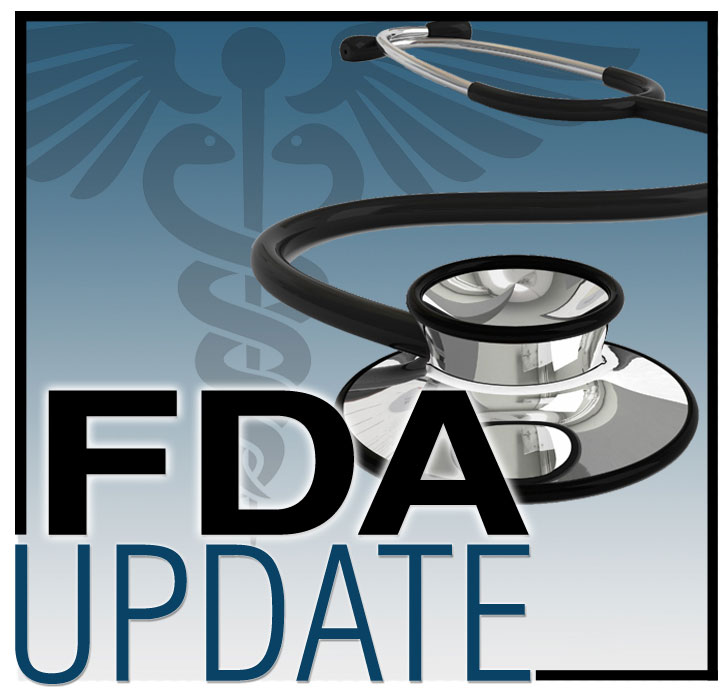FDA Issues New Guidance to Help Facilitate Availability of Naloxone to Prevent Opioid Overdoses and Reduce Death
On September 22, 2022, to help achieve its priority of expanding the availability of overdose reversal products (https://www.fda.gov/news-events/fda-voices/fda-issues-new-guidance-help-facilitate-availability-naloxone-prevent-opioid-overdoses-and-reduce?utm_medium=email&utm_source=govdelivery), the U.S. Food and Drug Administration (FDA) issued the Exemption and Exclusion from Certain Requirements of the Drug Supply Chain Security Act (DSCSA) for the Distribution of FDA-Approved Naloxone Products During the Opioid Public Health Emergency (https://www.fda.gov/regulatory-information/search-fda-guidance-documents/exemption-and-exclusion-certain-requirements-drug-supply-chain-security-act-distribution-fda) industry guidance.

The issuing of the guidance comes after Robert M. Califf, MD, FDA commissioner, introduced the Overdose Prevention Framework (https://www.fda.gov/news-events/fda-voices/fdas-overdose-prevention-framework-aims-prevent-drug-overdoses-and-reduce-death) in August 2022, outlining the agency’s action plan to prevent drug overdoses and reduce deaths. The framework consisted of four priorities, including encouraging harm reduction (https://www.fda.gov/news-events/fda-voices/fdas-overdose-prevention-framework-aims-prevent-drug-overdoses-and-reduce-death), in part through efforts to expand availability of overdose reversal products such as naloxone.
The FDA guidance clarifies a public health emergency exclusion and exemption for distribution of approved naloxone products to harm-reduction programs and includes a related compliance policy. FDA said that harm-reduction and other programs help save lives by making naloxone available (https://www.fda.gov/news-events/fda-voices/fda-issues-new-guidance-help-facilitate-availability-naloxone-prevent-opioid-overdoses-and-reduce?utm_medium=email&utm_source=govdelivery) in underserved communities and supporting harm-reduction groups’ ability to acquire approved naloxone products.
FDA said that every person who experiences an opioid overdose should have access to naloxone (https://www.fda.gov/news-events/fda-voices/fda-issues-new-guidance-help-facilitate-availability-naloxone-prevent-opioid-overdoses-and-reduce?utm_medium=email&utm_source=govdelivery). However, during the agency’s virtual public meeting and other feedback forums, healthcare stakeholders reported obstacles to obtaining naloxone (https://www.fda.gov/news-events/fda-voices/fda-issues-new-guidance-help-facilitate-availability-naloxone-prevent-opioid-overdoses-and-reduce?utm_medium=email&utm_source=govdelivery) across communities.
The new guidance addresses those obstacles and facilitates naloxone’s availability (https://www.fda.gov/news-events/fda-voices/fda-issues-new-guidance-help-facilitate-availability-naloxone-prevent-opioid-overdoses-and-reduce?utm_medium=email&utm_source=govdelivery) for harm-reduction programs and the public. At the same time, the agency acknowledged that other challenges remain unaddressed, including the current prescription-only status of FDA-approved naloxone products (https://www.fda.gov/news-events/fda-voices/fda-issues-new-guidance-help-facilitate-availability-naloxone-prevent-opioid-overdoses-and-reduce?utm_medium=email&utm_source=govdelivery), and that more work is needed (https://www.fda.gov/news-events/fda-voices/fda-issues-new-guidance-help-facilitate-availability-naloxone-prevent-opioid-overdoses-and-reduce?utm_medium=email&utm_source=govdelivery).
As it committed to implementing the Overdose Prevention Framework (https://www.fda.gov/news-events/fda-voices/fdas-overdose-prevention-framework-aims-prevent-drug-overdoses-and-reduce-death), the agency invited harm-reduction programs as and other community groups to partner in the work to reduce overdose deaths and achieve sustainable long-term recovery outcomes.
